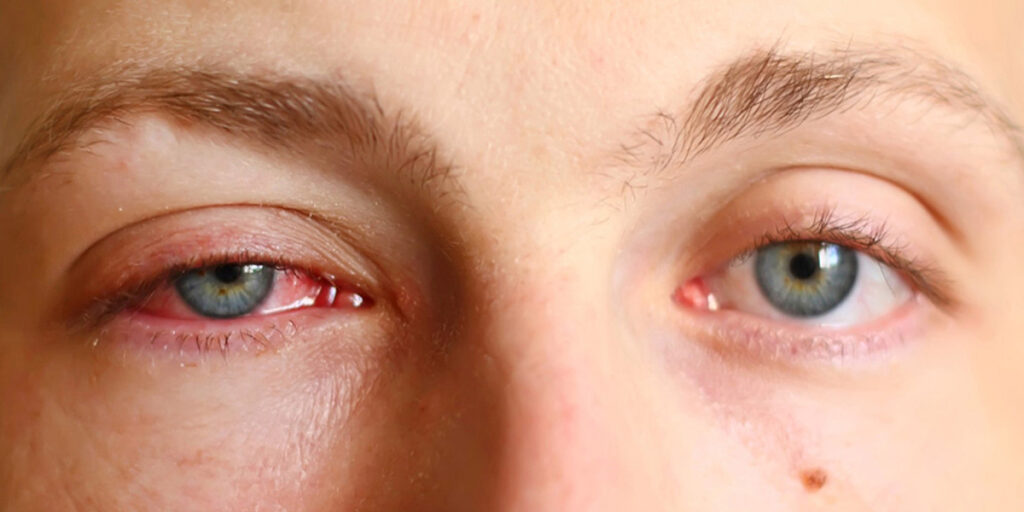Pink Eye

What Is Pink Eye?

Conjunctivitis, also known as “pink eye,” is a common eye condition. It’s an inflammation of the conjunctiva, the membrane that covers the white of the eye and the inside of the eyelids. Within this membrane, there are tiny blood vessels that get enlarged when the conjunctiva become irritated. The enlarged blood vessels make the eye look red.
The most common causes of conjunctivitis are viruses and bacteria, but other causes include allergies, ultraviolet light, and chemical or environmental irritants.
Viral conjunctivitis is caused by the same viruses that are also often responsible for the common cold. Viral conjunctivitis is often accompanied by a common cold. These viruses are highly contagious (easily spread from person to person), and anyone can transfer the virus to his or her eye by blowing their nose with their eyes open or rubbing their eyes.
Bacterial conjunctivitis is caused by various types of bacteria. Bacterial conjunctivitis is also contagious and usually requires a short course of antibiotic eye drops or ointment.
Allergic conjunctivitis is not contagious and usually occurs in the spring, summer, and early fall. It is usually triggered by exposure to plant pollen and grasses. People who are allergic to animals or dust mites may be affected year-round.
Ask questions and learn more about pink eye, talk to your Pharmasave pharmacist today!
How Can My Pharmacist Help?

Pharmasave offers common ailment services across the country, including pink eye. Your Pharmasave pharmacist can assess your symptoms and recommend “at-home”, self-care, or over-the-counter treatments. They may even be able to prescribe medication to help treat pink eye.
Treatment of conjunctivitis depends on the original cause. Applying cool compresses 3 to 4 times a day and using eye drops such as artificial tears can help viral conjunctivitis. Anyone with suspected viral conjunctivitis should see their doctor.
Artificial tears or antihistamine eye drops can relieve allergic conjunctivitis. Antihistamine eye drops include olopatadine and ketotifen*. Eye drops containing mast cell stabilizers (medications, which prevent the release of histamine, e.g., cromolyn, lodoxamide) have also been found effective in preventing and treating allergic conjunctivitis.
Steroid eye drops such as dexamethasone, prednisolone, or fluorometholone can be used sparingly for extreme allergic reactions. Antihistamines taken by mouth may be useful in the treatment of allergic conjunctivitis, especially when other areas of the body are also affected by the allergies. Ask your pharmacist or doctor for appropriate recommendations.
If bacteria are the cause of conjunctivitis, antibiotic eye drops or ointments are usually prescribed. Non-prescription products can include a combination of polymyxin B, bacitracin, and gramicidin as eye drops or eye ointment. Talk to your pharmacist before using these medications and make sure you consult your doctor if the condition worsens or does not improve within 2 days.
Find your local Pharmasave and talk to your Pharmasave pharmacist about pink eye and which treatment is right for you.
What If I Need A Prescription?

After an assessment, your Pharmasave pharmacist can write a prescription for treatment instead of an over-the-counter medication or at-home treatment if deemed necessary.
The common ailments, like pink eye, a pharmacist can prescribe for varies by province*. For more details, view the Canadian Pharmacists Association’s chart: Common Ailments Prescribing in Canada.
To learn more about how your pharmacist can help, visit your local Pharmasave store and speak with your Pharmasave pharmacist.
*Note that common ailments prescribing is not always covered by provincial health care – a pharmacy fee may apply. Speak with your pharmacist about eligibility.




